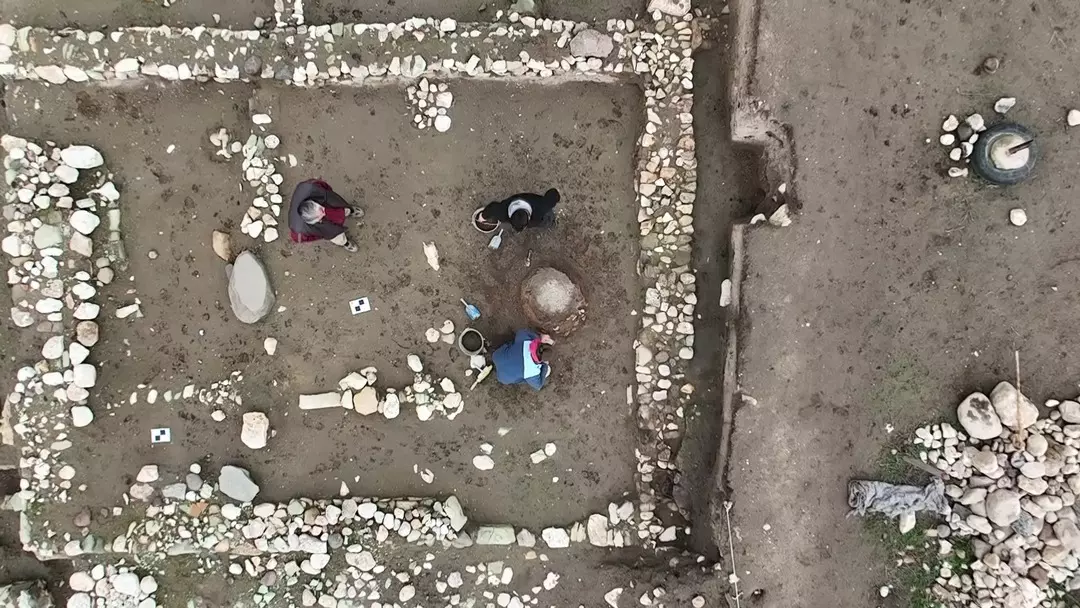Archaeologists in Peru have unearthed a sealed chamber dating back 2,500 years, believed to have been used for secret drug rituals by the elite of a pre-Inca civilization. The discovery, made at the ancient site of Chavín de Huántar, sheds new light on the spiritual and social practices of one of the Andes’ oldest cultures.
The chamber contained 23 intricately carved artifacts made from bone and shell. Chemical traces on these objects revealed residues of nicotine and DMT—the powerful hallucinogen found in ayahuasca. The discovery was detailed in a study published Monday in the Proceedings of the National Academy of Sciences (PNAS).
Traces of a Psychedelic Past
This marks the first time scientists have been able to identify specific psychoactive substances used in Chavín rituals, which scholars had long suspected involved mind-altering substances. Chemical and microbotanical analysis of the tools showed that six of them contained organic compounds from tobacco and vilca (Anadenanthera colubrina), a plant whose seeds and leaves are rich in DMT.
Researchers believe the materials were likely dried, ground into powder, and then inhaled through the nose. “We think the tubes were used as inhalers for snuffing the material nasally,” said archaeologist Daniel Contreras of the University of Florida in an interview with Live Science.
To make the imagery even clearer, Contreras added, “The tubes are essentially like the rolled-up banknotes you see high-powered characters snorting cocaine with in the movies.”
Rituals of Power and Exclusivity
The inhalers—likely crafted from hawk feather bones—were found in a sealed underground passage that was closed off around 500 BCE. The restricted access suggests the rituals were highly exclusive, reinforcing the idea that drug use among the Chavín was not recreational, but ceremonial and deeply tied to social hierarchy.
As the researchers noted, such practices likely served to reinforce spiritual and political authority, separating the elite from the laborers who built the site’s monumental stone architecture. “One way inequality was justified or naturalized was through ideology—by creating awe-inspiring ritual experiences that made people believe this system was a good idea,” said Contreras.
A Glimpse Into Ancient Social Transformation
The study’s authors suggest these findings offer important insight into how ritual drug use may have helped support broader social transformations in the Andes. Practices like those seen at Chavín may have paved the way for more stratified societies such as Tiwanaku, Wari, and eventually the Inca Empire.
This discovery not only brings us closer to understanding ancient Andean belief systems, but also highlights how ritual, spirituality, and power were deeply intertwined—even in the distant past.







